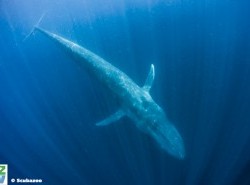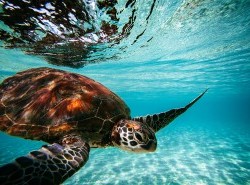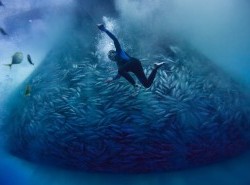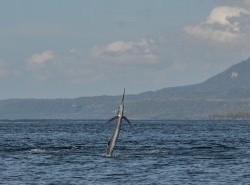The coral islands of Palawan were once home to the first human settlements in Southeast Asia. In ancient caves hidden within jungle-clad limestone cliffs, archeologists have discovered 47,000-year-old artifacts which can be traced through time to today’s island cultures.
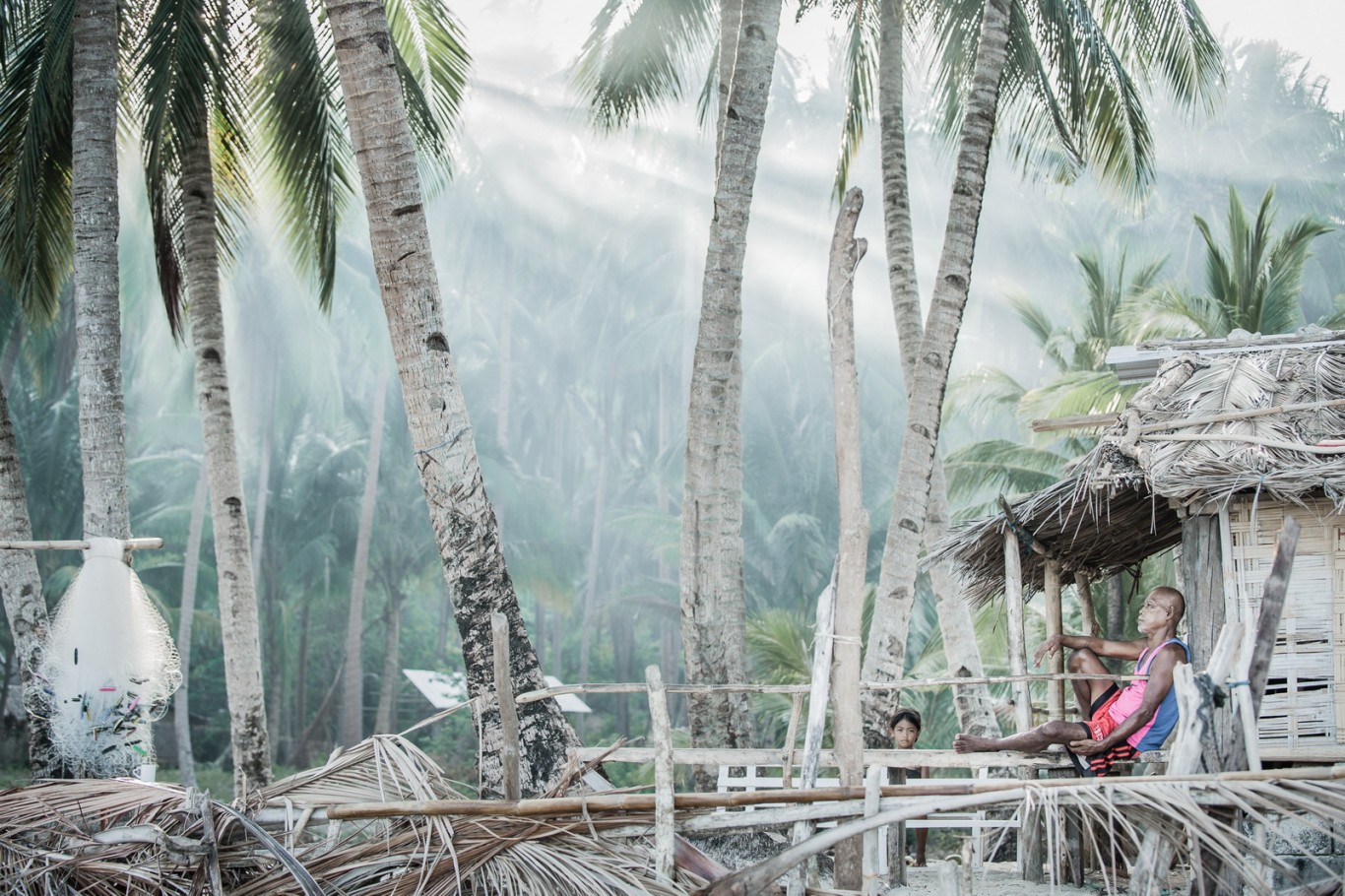 Notes in old Chinese record books Palawan refer to as “Pa-lao-yu”, meaning a place of bounty and safe harbor. Nowadays it is a Unesco Biosphere Reserve and is revered as a global model of sustainable relationships between man and natural world.
Notes in old Chinese record books Palawan refer to as “Pa-lao-yu”, meaning a place of bounty and safe harbor. Nowadays it is a Unesco Biosphere Reserve and is revered as a global model of sustainable relationships between man and natural world.
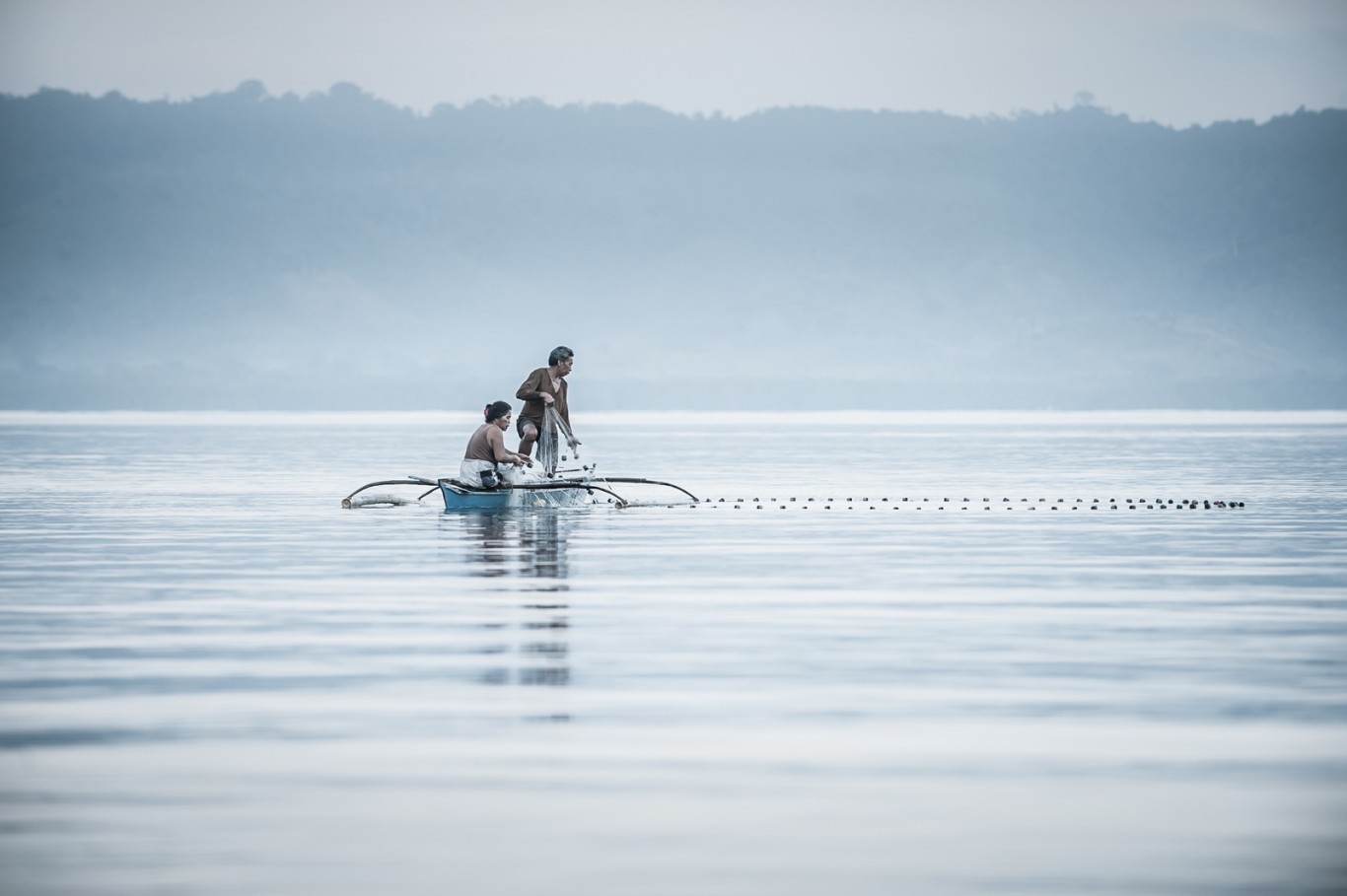 For thousands of years, Palawan was a place almost forgotten by time. Palaweños were completely dependent on the ecosystems around them and lived in virtual symbiosis.
For thousands of years, Palawan was a place almost forgotten by time. Palaweños were completely dependent on the ecosystems around them and lived in virtual symbiosis.
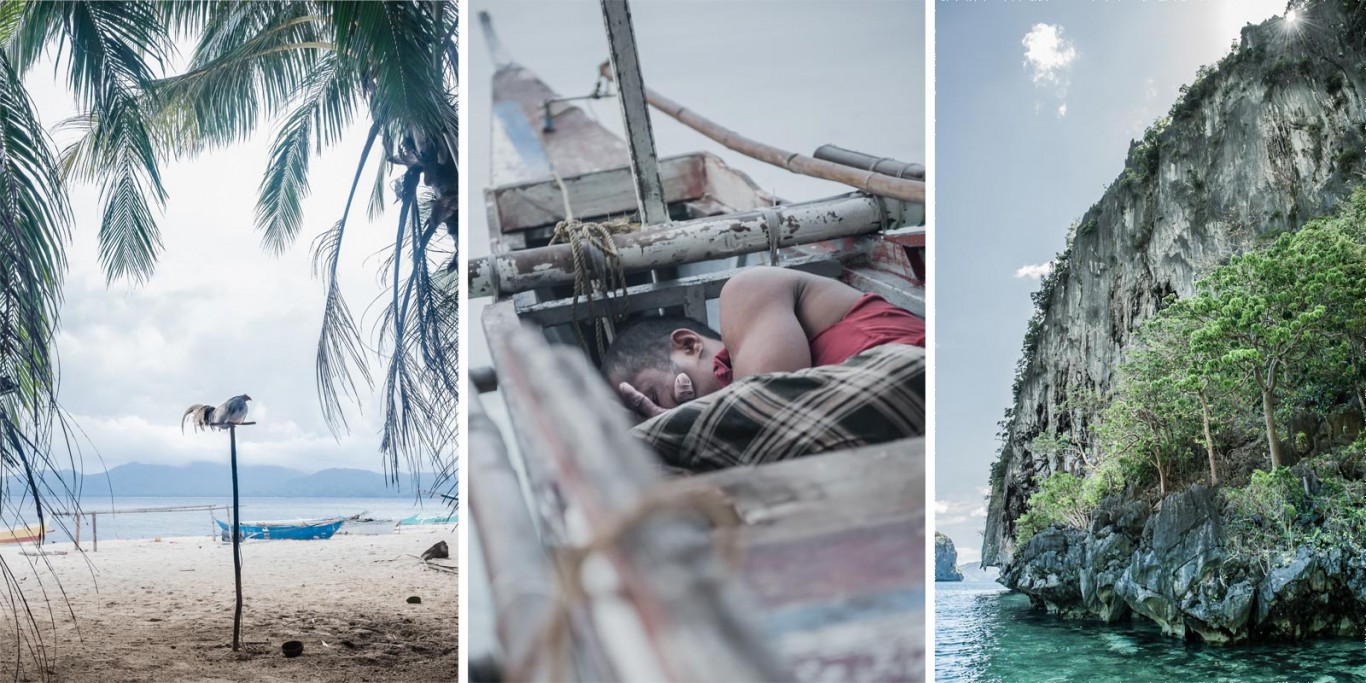 The sea was their only means of communication, travel and their main source of food. A deep knowledge of the marine world accumulated in their culture and was passed down through generations.
The sea was their only means of communication, travel and their main source of food. A deep knowledge of the marine world accumulated in their culture and was passed down through generations.
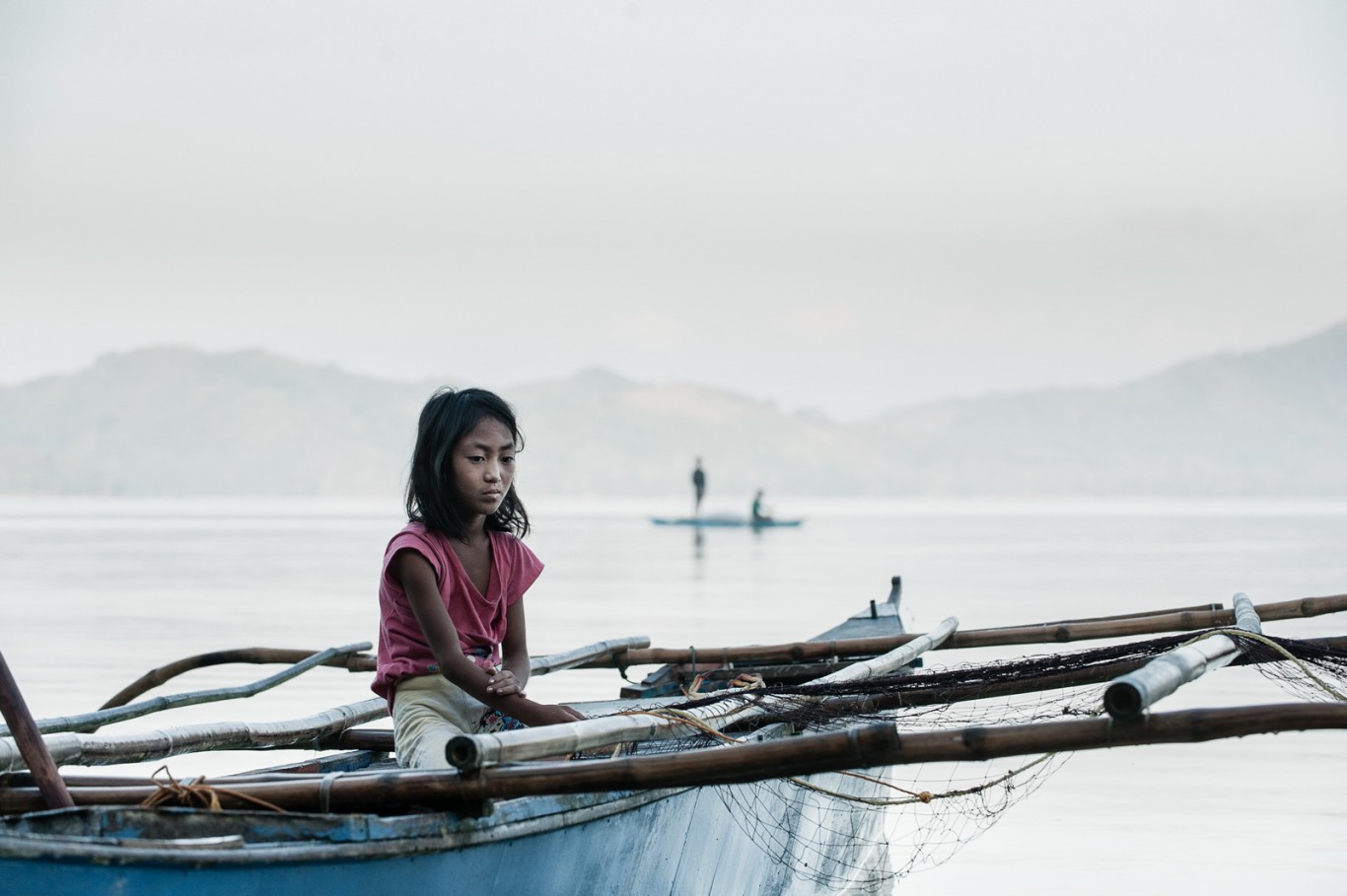 Today Palawan remains one of the most naturally abundant places on the planet. It is situated at the heart of the Coral Triangle, a critically important bioregion that's home to the highest levels of marine biodiversity on the planet.
Today Palawan remains one of the most naturally abundant places on the planet. It is situated at the heart of the Coral Triangle, a critically important bioregion that's home to the highest levels of marine biodiversity on the planet.
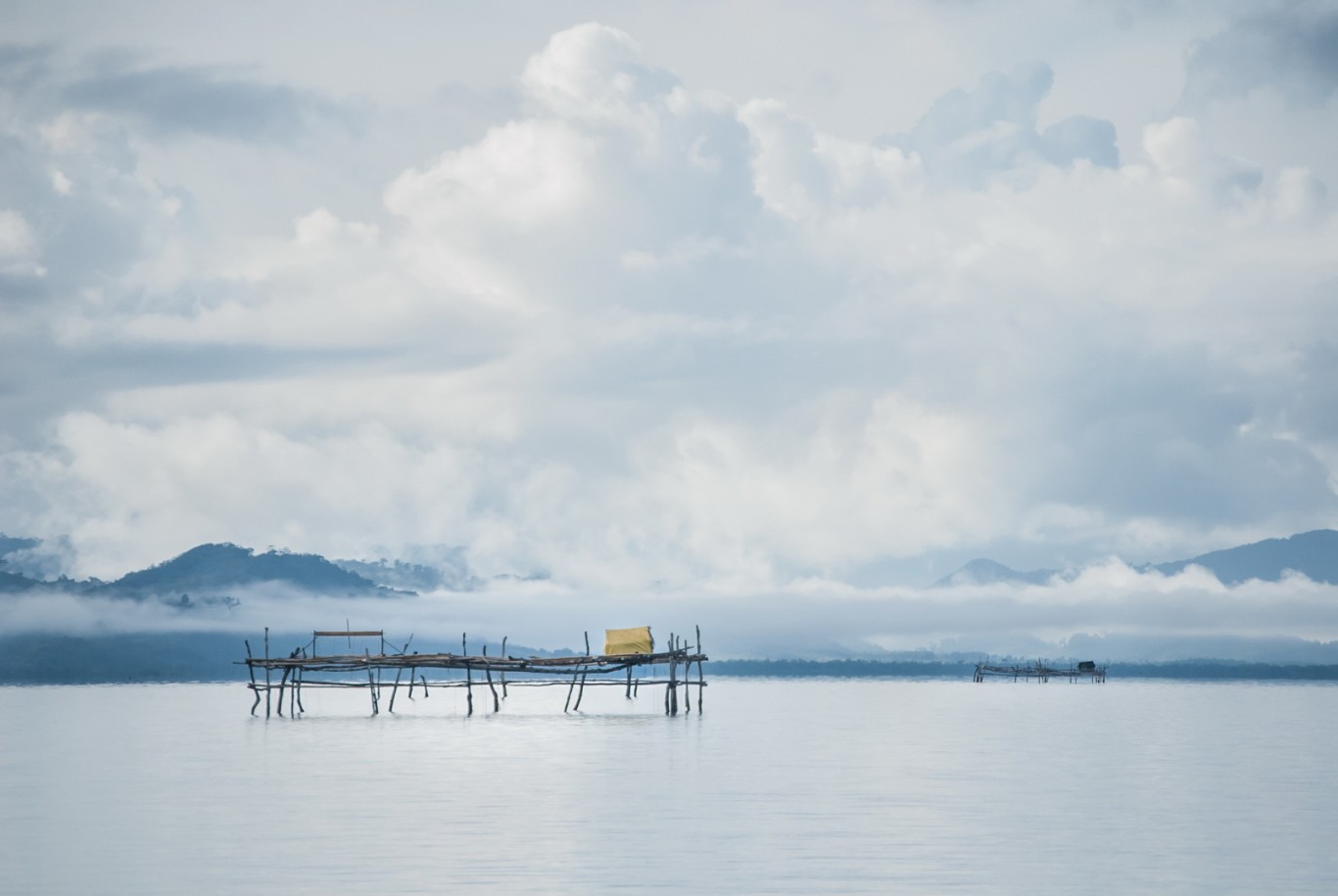 Yet Palawan is now a place in transition. Over the past fifty years, immigration has increased the islands’ population more than tenfold. Palawan now provides 80 percent of the Philippines’ seafood and is emerging as one of the Philippines' top travel destinations.
Yet Palawan is now a place in transition. Over the past fifty years, immigration has increased the islands’ population more than tenfold. Palawan now provides 80 percent of the Philippines’ seafood and is emerging as one of the Philippines' top travel destinations.
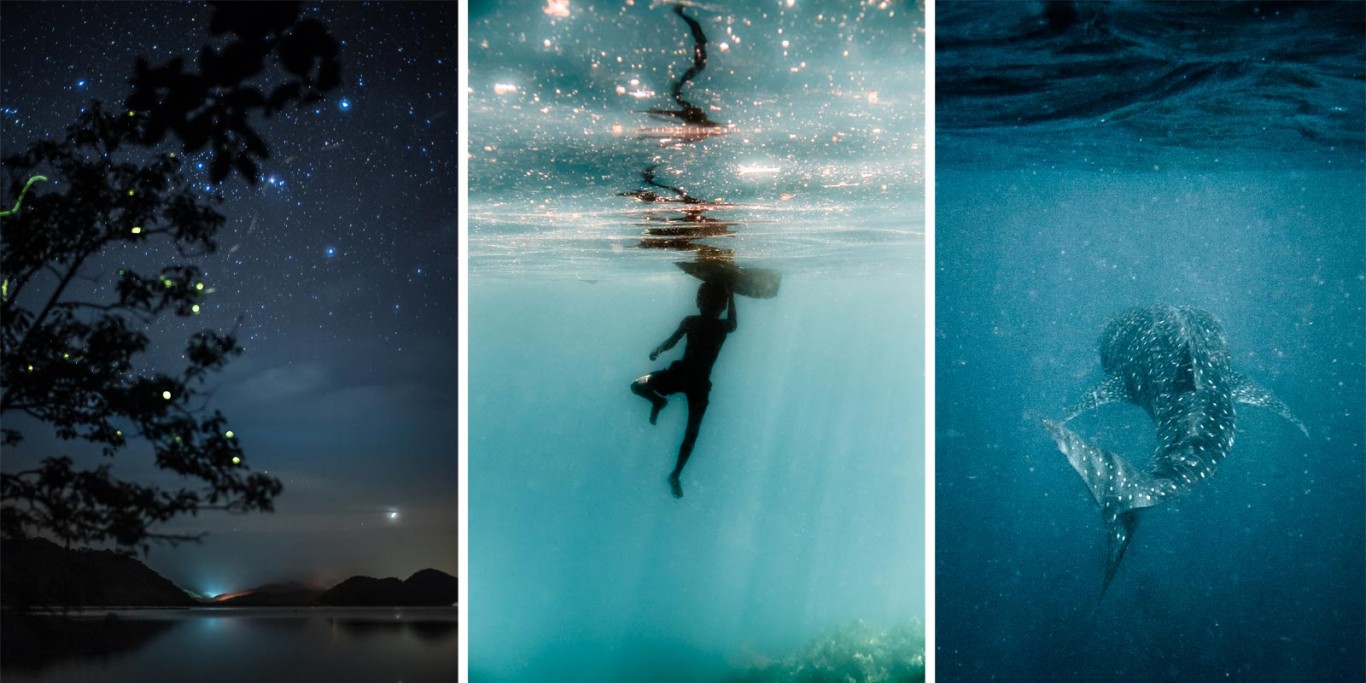 In a time of unprecedented change, with marine resources stretched to breaking point by overfishing and traditional cultures steadily being superseded by modern lifestyles, the Palaweños’ intricate relationship with the sea is a precious but tenuous link back through time. A reminder of what we have lost and of what can still be saved.
In a time of unprecedented change, with marine resources stretched to breaking point by overfishing and traditional cultures steadily being superseded by modern lifestyles, the Palaweños’ intricate relationship with the sea is a precious but tenuous link back through time. A reminder of what we have lost and of what can still be saved.
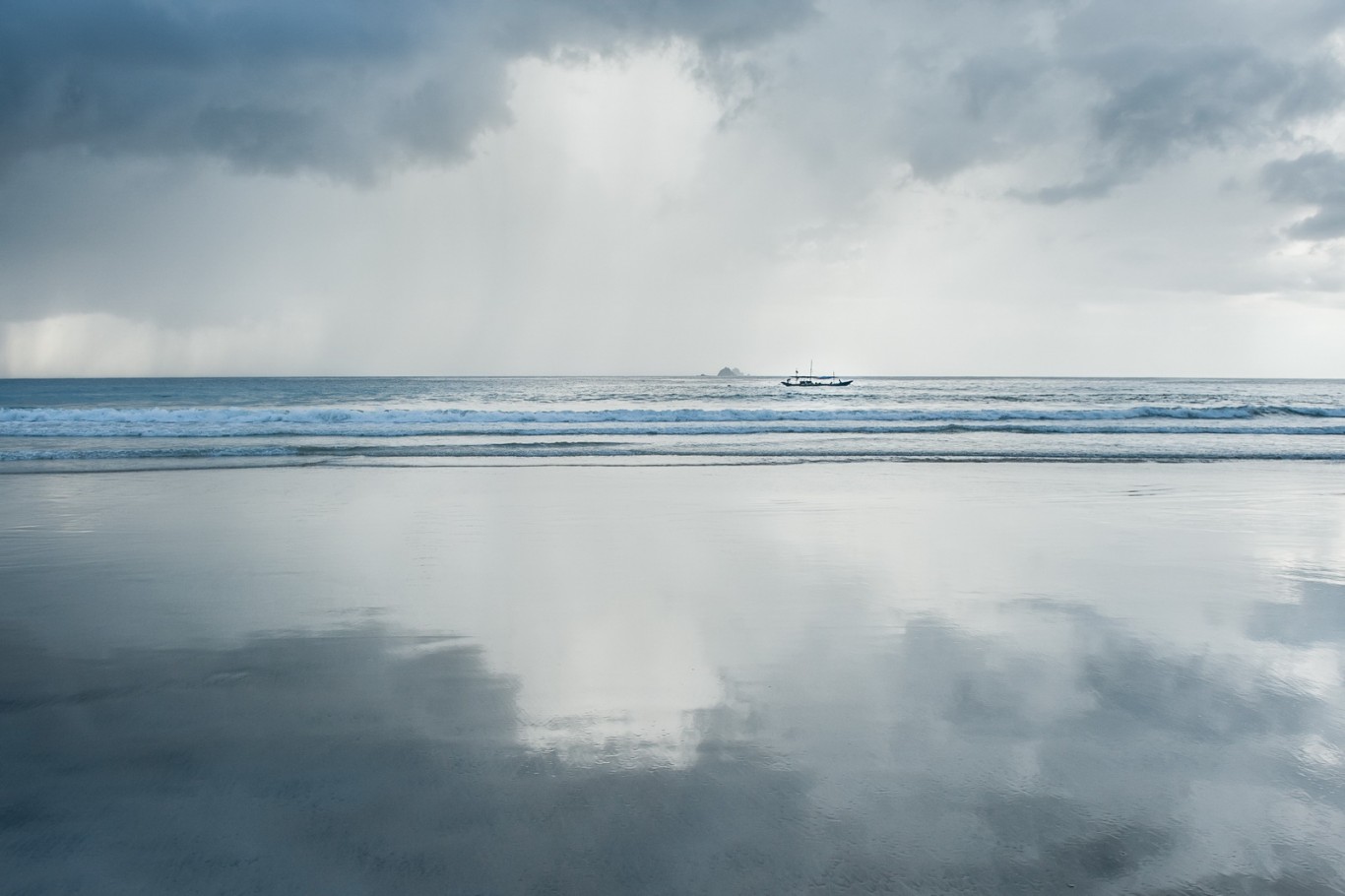
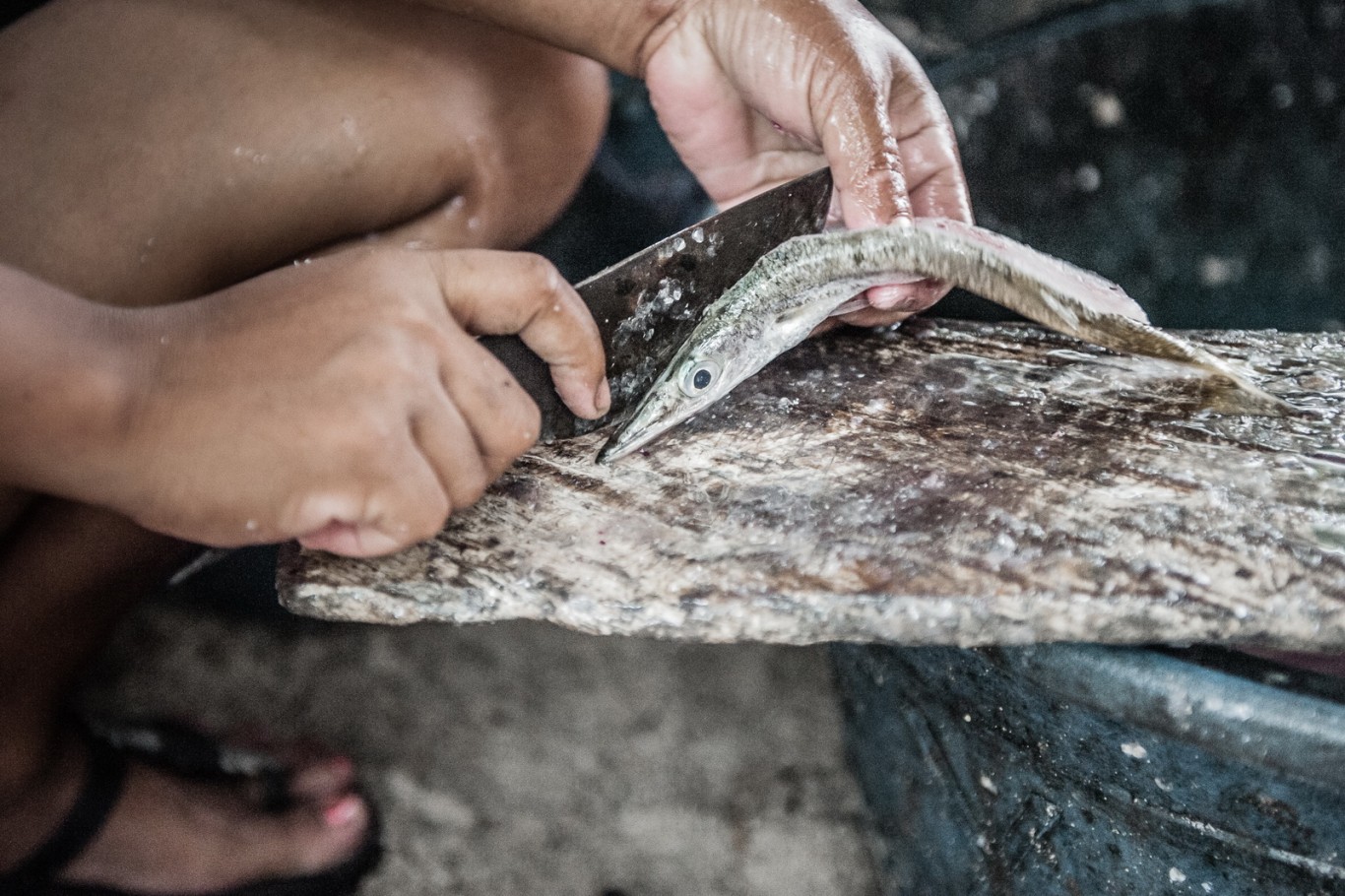
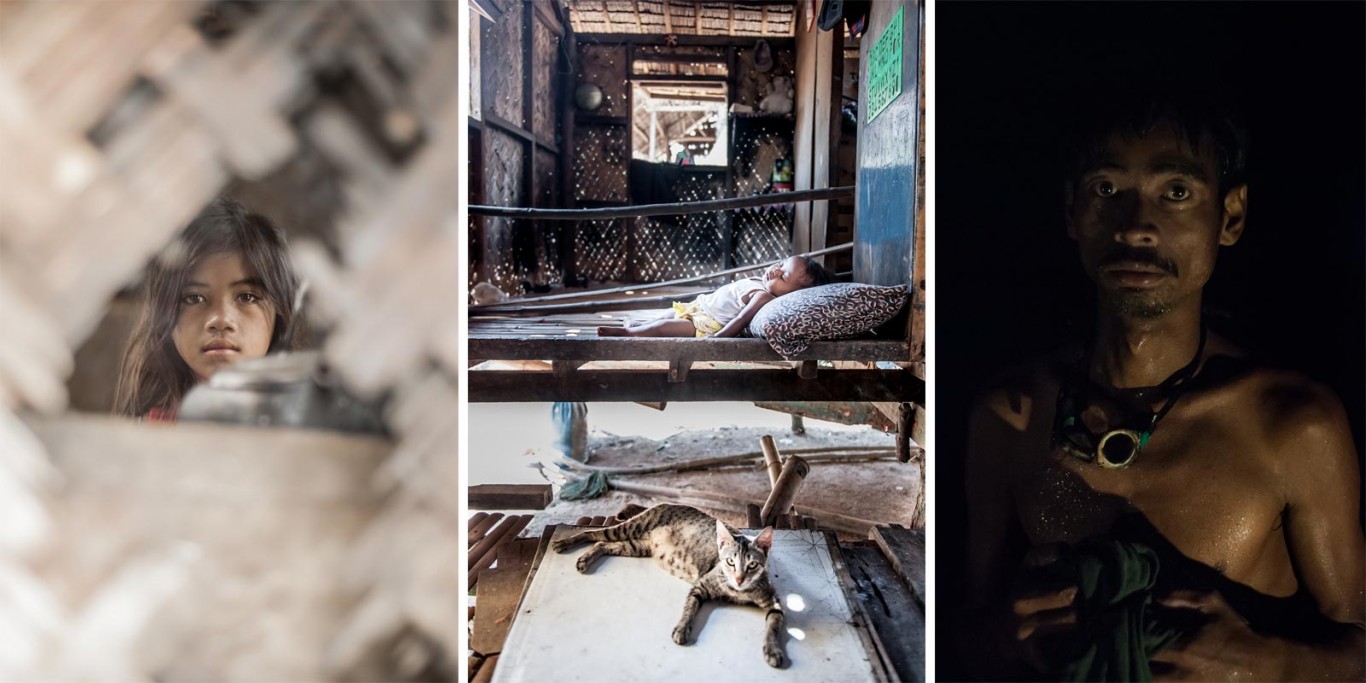
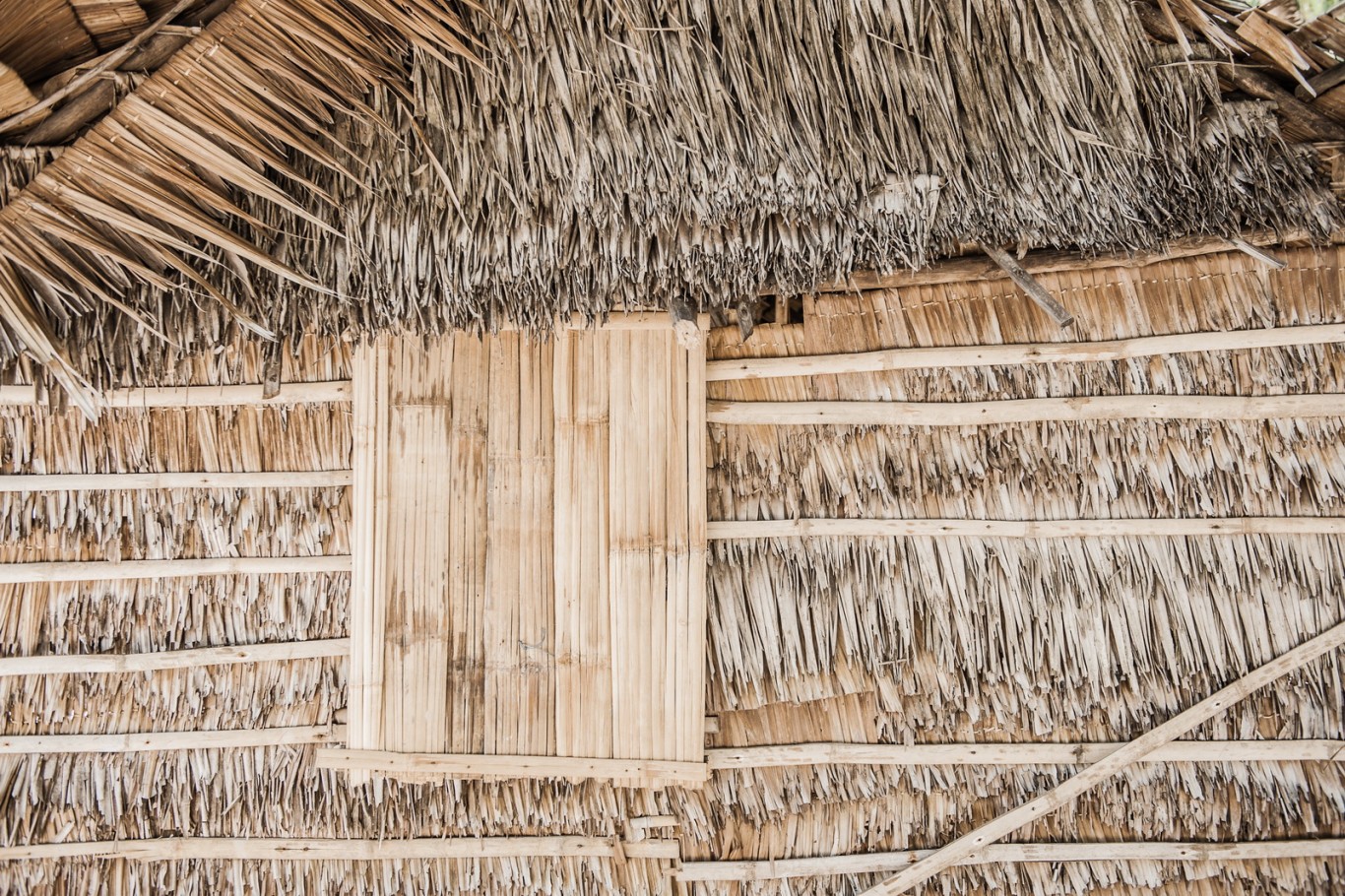
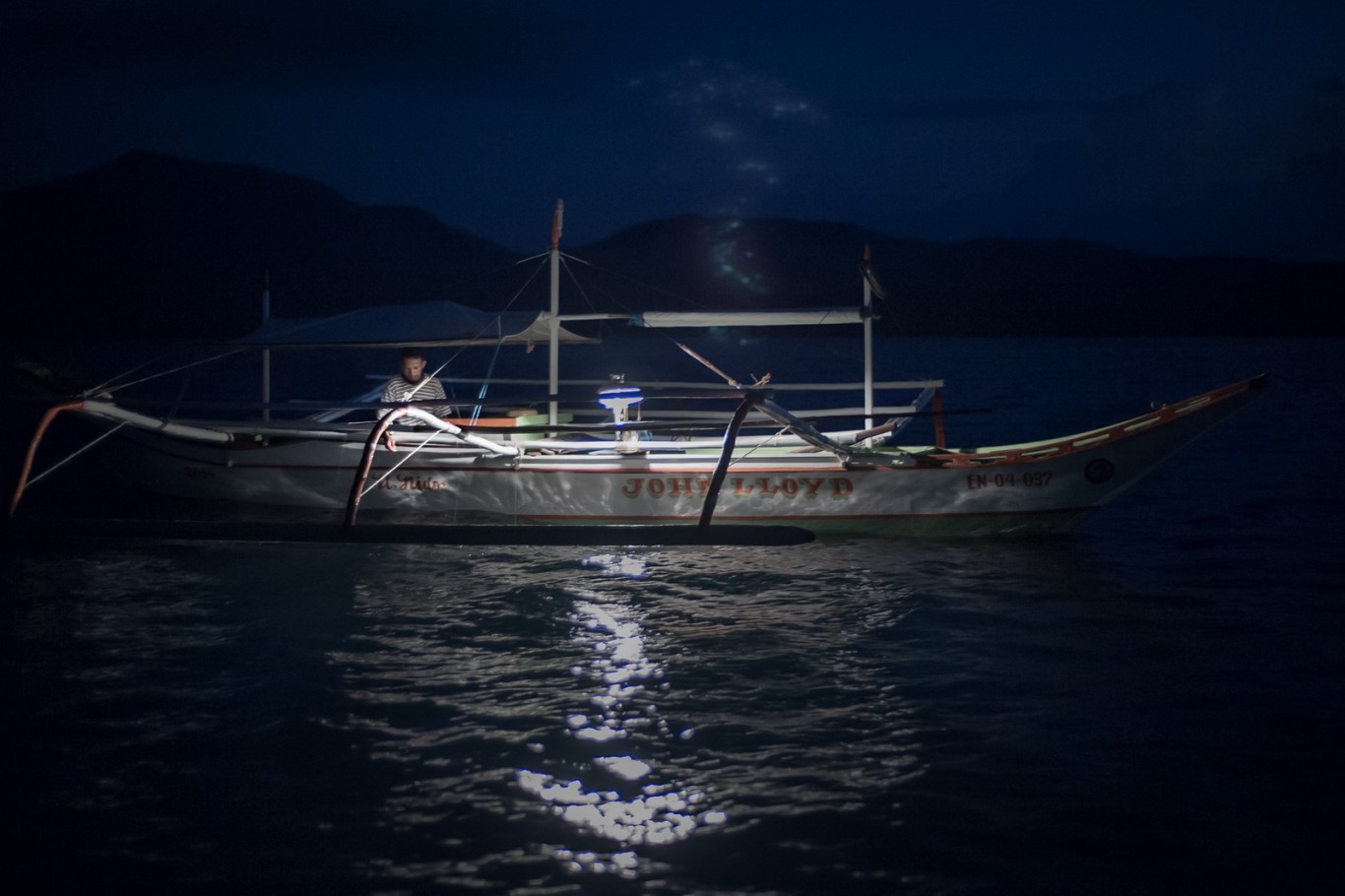
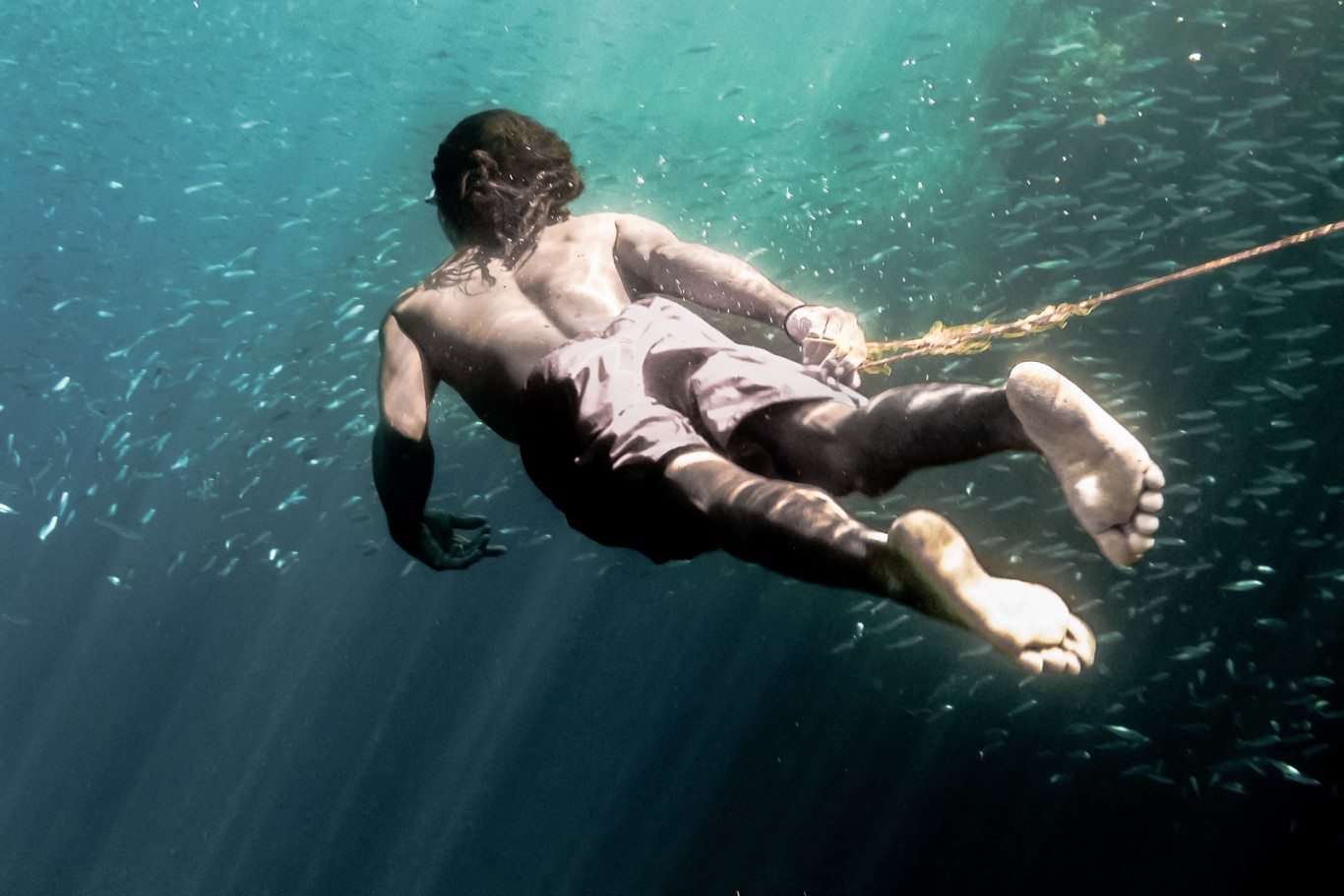
A fishing net-maker relaxing on his porch on the island of El Nido, Palawan
A husband and wife fishing at dawn. El Nido, Palawan
Cockerel and palm leaves A fisherman sleeps after a night at sea Limestone karsts jut out of the sea
A girl cleaning fishing nets. El Nido, Palawan
A fisherman's floating shelter. Malampaya Sound, Palawan
Fireflies in a mangrove tree (Coron) Tagbanua boy, beneath his boat (Puerto Princesa) Whale shark (Puerto Princesa)
Fishing boat during the wet season. Nagtabon, west coast of Palawan
Preparing fish to be salted and dried. El Nido, Palawan
Girl inside a house, El Nido. A baby sleeps. Barangay Aplaya, Puerto Princesa Tagbanua man spearfishing at night. Busuanga.
Native nipa palm house design. El Nido, Palawan
Night fisherman. El Nido, Palawan
Rudi, a native Tagbanua man, swims through a school of fish. Puerto Princesa, Palawan
